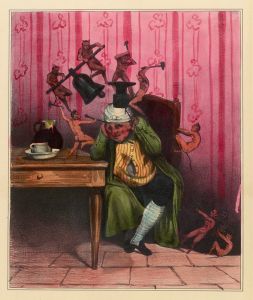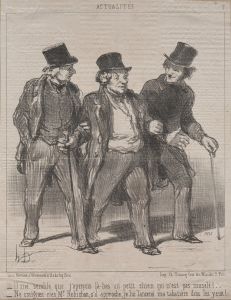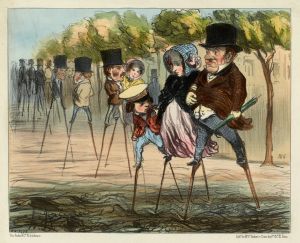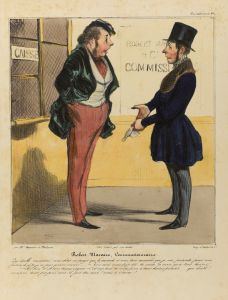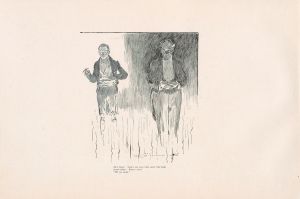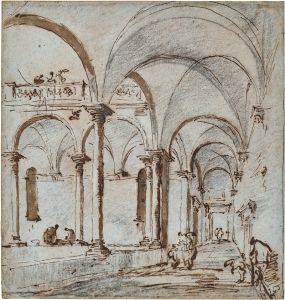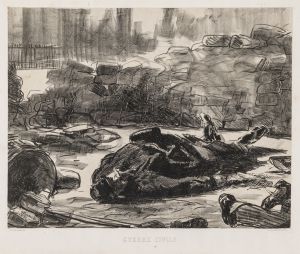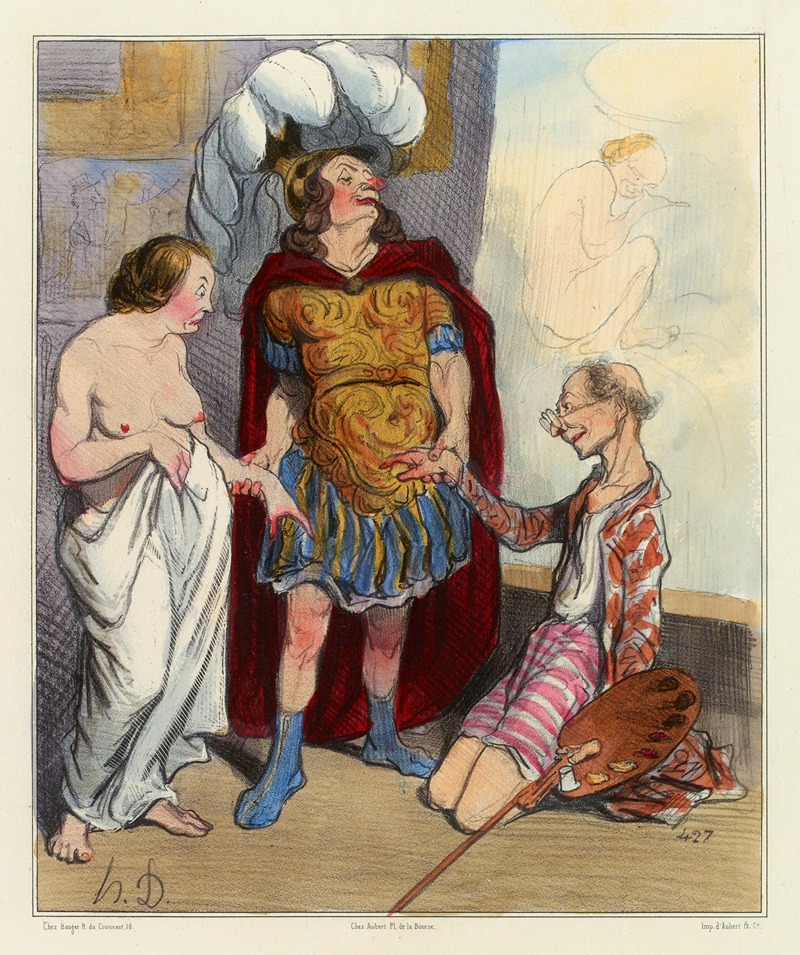
Apelles et Campaste
A hand-painted replica of Honoré Daumier’s masterpiece Apelles et Campaste, meticulously crafted by professional artists to capture the true essence of the original. Each piece is created with museum-quality canvas and rare mineral pigments, carefully painted by experienced artists with delicate brushstrokes and rich, layered colors to perfectly recreate the texture of the original artwork. Unlike machine-printed reproductions, this hand-painted version brings the painting to life, infused with the artist’s emotions and skill in every stroke. Whether for personal collection or home decoration, it instantly elevates the artistic atmosphere of any space.
"Apelles et Campaste" is a painting by the French artist Honoré Daumier, who is renowned for his caricatures, paintings, and sculptures. Daumier was born on February 26, 1808, in Marseille, France, and he became one of the most influential artists of the 19th century, particularly noted for his social and political commentary.
The painting "Apelles et Campaste" depicts the ancient Greek painter Apelles, who was considered one of the greatest painters of antiquity, and Campaspe, who was a mistress of Alexander the Great. According to historical accounts, Alexander admired Apelles' work so much that he gave Campaspe to him as a gesture of appreciation. This story has been a popular subject in art and literature, symbolizing the relationship between art, beauty, and patronage.
Honoré Daumier's rendition of this classical theme is notable for its expressive style and the way it captures the emotional dynamics between the characters. Daumier's work often reflects his keen observation of human nature and society, and "Apelles et Campaste" is no exception. The painting showcases his ability to convey complex emotions and interactions through his distinctive use of line and form.
Daumier's artistic career spanned several decades, during which he produced thousands of works, including lithographs, paintings, and sculptures. He is perhaps best known for his satirical lithographs that appeared in publications such as "Le Charivari" and "La Caricature," where he critiqued the political and social issues of his time. Despite his prolific output, Daumier struggled financially throughout his life and did not achieve widespread recognition until after his death.
"Apelles et Campaste" is part of Daumier's broader body of work that explores themes from classical mythology and history, often with a contemporary twist. His approach to these subjects is characterized by a blend of realism and caricature, which allows him to comment on the human condition in a way that is both insightful and accessible.
The painting is housed in the Musée d'Orsay in Paris, which holds an extensive collection of Daumier's works. The museum is dedicated to the art of the 19th century and features a wide range of paintings, sculptures, and decorative arts from this period. Daumier's works are an important part of the museum's collection, providing insight into the social and political landscape of 19th-century France.
In summary, "Apelles et Campaste" by Honoré Daumier is a significant work that reflects the artist's mastery of both classical themes and contemporary social commentary. Through his expressive style and keen observation, Daumier brings to life the story of Apelles and Campaspe, offering a timeless exploration of the relationship between art, beauty, and patronage.






